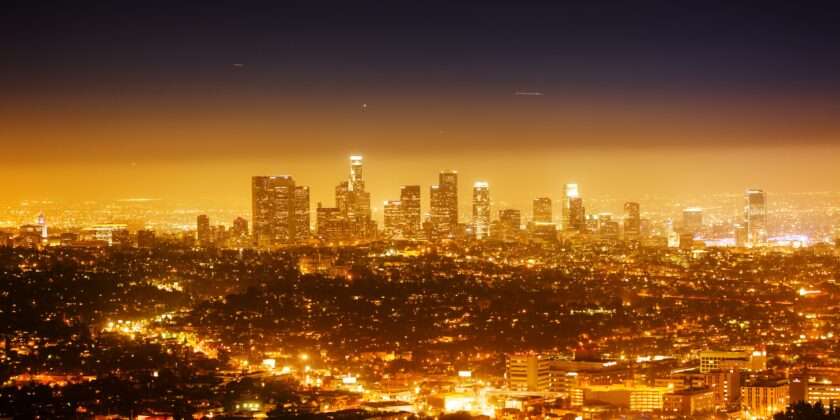“Opportunities are like sunrises. If you wait too long, you miss them.” This quote by William Arthur Ward expresses the feelings of African-Americans during the Great Migration Movement.
The Great Migration was the movement of 6 million African-Americans out of the rural Southern United States to the urban Northeast, Midwest, and West that occurred between 1910 and 1970. Blacks moved from 14 states of the South, especially Alabama, Mississippi, Louisiana, and Texas, to the other three cultural (and census-designated) regions of the United States.
Why did so many Black People leave the South? Wilkedia states that the primary push factors for migration were segregation, an increase in racism, the widespread violence of lynching (nearly 3,500 African-Americans were lynched between 1882 and 1968[9]), and lack of social and economic opportunities in the South.
After the Civil War, slavery in the United States is prohibited. Three Constitutional Amendments were added to protect the rights of African-Americans. The Thirteenth Amendment abolished slavery; the Fourteenth provided citizenship, and the Fifteenth guaranteed the right to vote. The Fifteenth Amendment was ratified in 1870, and almost 150 years later, we are still fighting for the right to vote.
When the Emancipation Proclamation was signed in 1863, less than 8 percent of the African-American population lived in the Northeast or Midwest. Even by 1900, approximately 90 percent of all African- Americans still resided in the South.
Some historians differentiate between a first Great Migration (1910–1930), which saw about 1.6 million people move from mostly rural areas to northern industrial cities, and a Second Great Migration (1940–1970). The Second Great Migration began after the Great Depression and brought at least 5 million people — including many townspeople with urban skills — to the north and California and other western states.[1] By the late 1970s, as deindustrialization and the Rust Belt crisis took hold, the Great Migration came to an end.
African Americans made up less than 2 percent of California’s population in the decades before World War I, numbering about 7,800 in 1900. But another vital escape route for Blacks was opened up when transcontinental train service was built to the West, particularly Los Angeles. The trains from New Orleans to Los Angeles were a means out of the South and a path to refuge and opportunity for hundreds of thousands of African Americans.
The Western states, especially California, witnessed an explosive growth of their African-American populations. In 1930, some 50,200 African Americans lived in Los Angeles, San Francisco, and Oakland; twenty years later, the three cities’ combined black population had soared to 254,120. Altogether, 339,000 African Americans moved to the Western half of the country during the 1940s, in contrast to a mere 49,000 in the previous decade.
Bill Dean Roberts made the move from Texarkana, Arkansas to Los Angeles in 1960. The path to a better life was in Los Angeles. More employment opportunities and less overall social problems than in the South. Listen to Bill Dean Robert’s Story on the Great Migration Video.
Jay Harold wants you to be aware of our recent history. This quote by Soren Kierkegaard sums add Jay Harold’s beliefs, “Life can only be understood backwards; but it must be lived forwards.”
Click this link to get free Health and Wealth information to improve your life. Play the free “Slow Roll Through Civil Rights” Game found on the Jay Harold website. Enjoyed this post? Share it and read more here.





